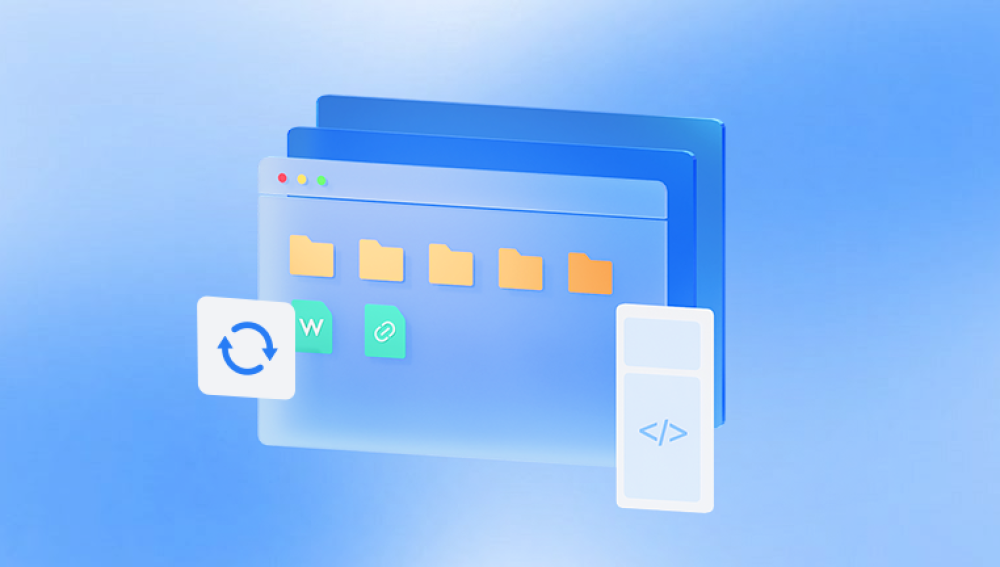If Disk Utility on your Mac is not allowing you to erase a drive, it could be due to several reasons.
1. Check the Drive's Connection
Ensure the drive is properly connected to your Mac.
Try using a different USB port or cable.
2. Verify the Drive's Health
Open Disk Utility and select the drive.
Click on "First Aid" and run it to check for any errors on the drive.
If errors are found, attempt to repair them using Disk Utility.

3. Ensure the Drive is Unmounted
In Disk Utility, select the drive and click "Unmount" (if it's not already unmounted).
Once unmounted, try erasing the drive again.
4. Check for Read-Only Status
Ensure the drive is not set to read-only.
Right-click the drive in Finder, select "Get Info," and check the permissions at the bottom.
5. Boot into Recovery Mode
Restart your Mac and hold down Command (⌘) + R to boot into Recovery Mode.
Open Disk Utility from the Recovery Mode menu.
Try erasing the drive from there.
6. Use Terminal to Erase the Drive
If Disk Utility still doesn't work, you can try using Terminal to erase the drive:
Open Terminal (Applications > Utilities > Terminal).
Type diskutil list to list all connected drives and find the identifier for the drive you want to erase (e.g., disk2).
Use the following command to erase the drive (replace "disk2" with your drive's identifier):
diskutil eraseDisk HFS+ "NewDiskName" disk2
Replace "HFS+" with the desired file system format and "NewDiskName" with the name you want for the drive.
7. Check for Software Interference
Ensure no other applications are accessing the drive.
Close any open files or applications that might be using the drive.
If none of these steps work, there might be a deeper issue with the drive itself, such as hardware failure. In such cases, consulting a professional data recovery service might be necessary. If you need help finding a data recovery service, let me know, and I can assist you with that.




